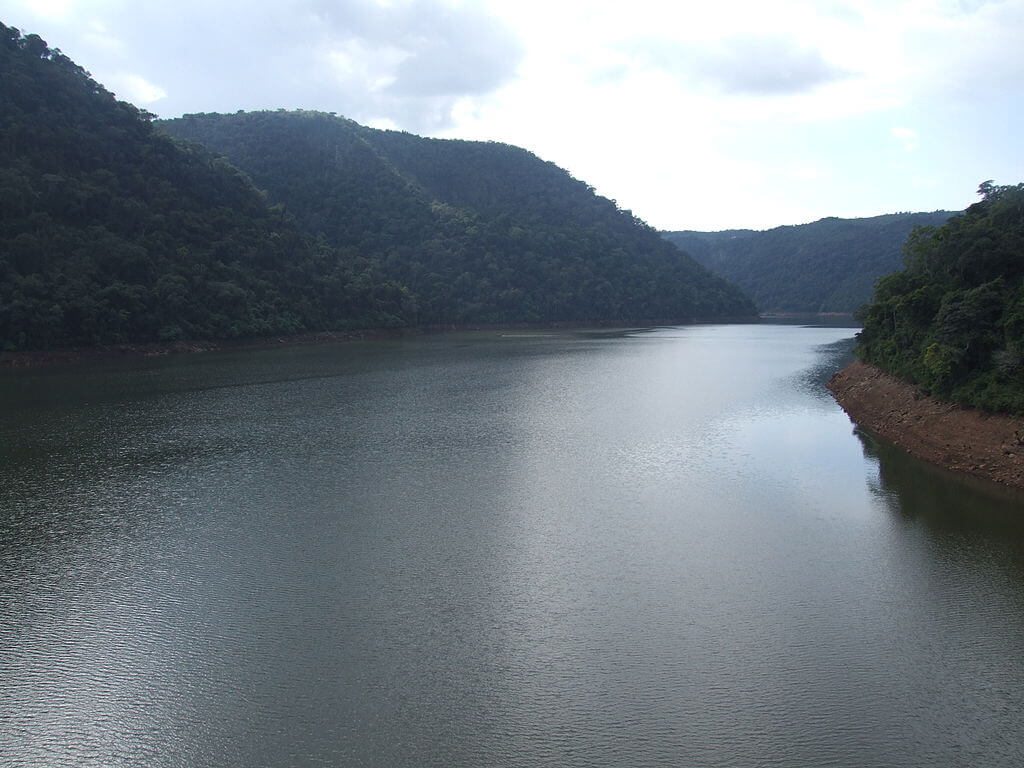Uruguay River

The Uruguay River, meandering through the heart of South America, is not merely a waterway; it is a conduit of cultural richness and historical significance. Its main tributary is the Río Negro River. Its banks tell stories of indigenous legacies, colonial influences, and contemporary expressions that have shaped the cultural tapestry of the region. In this exploration, we unravel why Uruguay is culturally important, delving into the layers of heritage that make it a beacon of South American identity.
1. Indigenous Roots: Cultural Foundations Along the Uruguay
At the core of the Uruguay River’s cultural importance lies its deep connection to indigenous roots. The river basin was home to vibrant indigenous communities, including the Guarani and Charrúa, who shaped the land with their customs, languages, and spiritual practices. The echoes of their presence can still be felt in the folklore, traditions, and artistry that grace the Uruguay River’s shores.
2. Cultural Fusion: European Influences and Colonial Legacy
The arrival of European explorers and settlers in the 16th century marked a period of cultural fusion along the Uruguay. Spanish and Portuguese influences intertwined with indigenous traditions, giving rise to a unique blend of customs and practices. This cultural amalgamation is evident in art, language, cuisine, and religious ceremonies that have become integral to the identity of the region.
3. Colonial Architecture: Preserving the Past
The Uruguay River basin is dotted with colonial-era architecture that stands as a testament to its historical importance. Cities such as Colonia del Sacramento, a UNESCO World Heritage site, showcase well-preserved colonial structures that transport visitors back in time. The cobbled streets, churches, and forts narrate the tales of colonial rule and the enduring legacy of European influence.
4. Uruguay River and the Jesuit Missions: Cultural Crossroads
The Jesuit missions established along the Uruguay River in the 17th and 18th centuries played a pivotal role in cultural exchange. These missions, such as San Miguel Arcángel and Santo Tomé, served as hubs where indigenous cultures and European ideals coexisted. The remnants of these missions are cultural landmarks, offering insights into a unique chapter of Uruguay history.
5. Indigenous Art and Craft: Expressions Along the Riverbanks
Art and craft have been intrinsic to the cultural importance of the Uruguay. Indigenous communities, influenced by their surroundings and traditions, produce distinctive artwork that reflects their connection to the land. From vibrant textiles to intricate pottery, the artistic expressions along the riverbanks are a living testament to the rich cultural heritage of the region.
6. Cultural Festivals: Celebrating Diversity and Heritage
Throughout the year, the Uruguay River region comes alive with vibrant cultural festivals. These celebrations showcase the diversity of traditions, music, dance, and culinary delights that define the local culture. Festivals such as the Fiesta Nacional de la Playa in Paysandú and the Fiesta Nacional de la Artesanía in Colón are platforms for communities to share and celebrate their heritage.
7. UNESCO Recognition: Esteros de Farrapos e Islas del Río Uruguay
The cultural importance of the Uruguay River is globally recognized through UNESCO’s designation of the Esteros de Farrapos e Islas del Río Uruguay as a World Heritage site. This protected area is a sanctuary for diverse flora and fauna, embodying the ecological and cultural significance of the river. The UNESCO recognition highlights the need to preserve both the natural and cultural heritage of the Uruguay.
8. Contemporary Cultural Influences: Art, Music, and Literature
In the modern era, the Uruguay continues to inspire cultural expressions. Local artists, musicians, and writers draw inspiration from the river’s landscapes, history, and people. Their works contribute to a contemporary narrative that enriches the cultural fabric of the region, creating a dynamic dialogue between the past and the present.
9. Cultural Preservation Efforts: Balancing Progress and Heritage
As the region experiences economic and infrastructural development, there is a growing awareness of the need to balance progress with cultural preservation. Initiatives to protect indigenous languages, conserve historical sites, and promote sustainable tourism reflect a commitment to safeguarding the Uruguay’s cultural importance for future generations.
10. Culinary Heritage: Flavors Along the Uruguay
Culinary traditions play a vital role in the cultural tapestry of the Uruguay River. Local dishes, influenced by indigenous, European, and African roots, showcase a fusion of flavors unique to the region. From traditional barbecue (asado) to dishes featuring river fish, the cuisine along the River is a celebration of cultural diversity.
Conclusion: A Living Heritage Along the Uruguay River
In conclusion, the cultural importance of the Uruguay River transcends time, weaving together indigenous legacies, colonial influences, and contemporary expressions. Its shores are a living testament to the diverse communities that have called it home, leaving an indelible mark on the region’s identity. As we navigate the depths of culture along the Uruguay, we discover a heritage that is both timeless and ever-evolving.
Know More about Uruguay River.
What are The Religious Places of Uruguay River?
When Did The Uruguay River Basin Become a Focus?
Where is The Uruguay River Located?
Who Were The Key Historical Figures and Civilizations of The Uruguay River?
How to Reach Uruguay River?




